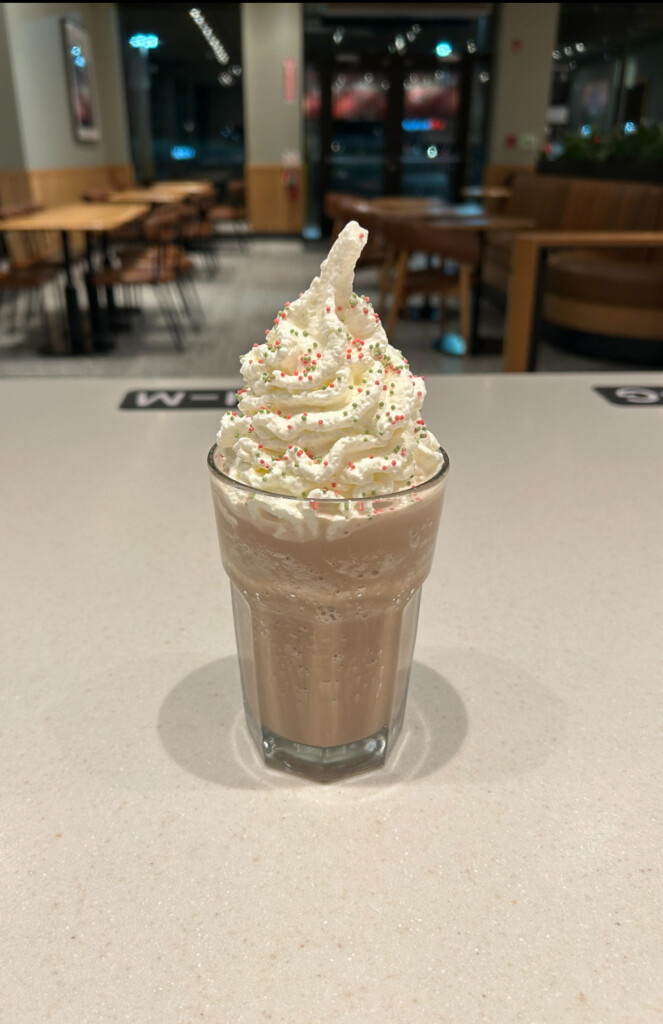“Chink,” the boy snickered. I was caught off guard, too stunned to respond. He turned to his friends and said matter-of-factly, “That’s what my mom said they’re called.”
I was in second grade. The boy was a grade older than me and I had never spoken to him before in my life. I couldn’t make sense of the situation. Not only was I hurt and angry, but I was also shocked and confused. He was Black and I was Asian. We were both minorities. We were both outsiders to the white, rural Pennsylvania community we were raised in. What right did he have to single me out when I could have done the same to him?
Although I’m sure the boy had no intention of pitting one race against another—we were in elementary school, after all—our short cafeteria exchange stayed with me throughout the years. It’s a prime example of how disconnected minorities can be from one another.
We choose to believe our experiences are solitary. We fail to foster empathy and instead accept widespread apathy—whether it is out of sheer ignorance or blatant disregard, I cannot say. Asians should care about the Black Lives Matter movement not only because is it simply the right thing to do, but also because this is not just a war between white and black. In reality, it runs so much deeper.
In light of recent events involving police brutality, Asians may, at first, seem beside the point. In a Time article (2014), Jack Linshi writes, “They are neither white nor black; they assume the benefits of non-blackness, but also the burdens of non-whiteness.” On the surface, Asians seem on the periphery; however, if you take a step back and look at the history, the two groups are intertwined.
In 1982, Chinese American Vincent Chin was beaten to death in a racially-motivated attack by Chrysler plant supervisor, Ronald Ebens, and his stepson, Michael Nitz, who were both white. Neither man was charged. The event draws parallels to Michael Brown’s death, but didn’t spark a movement or gain the same widespread attention.
There are other cases involving police brutality and flagrant aggression toward Asian Americans that went unnoticed. Why aren’t Kuanchung Kao, Cau Bich Tran, and Fong Lee household names? Why wasn’t the public enraged by their deaths involving suspicious police encounters? To understand this, one must first understand the deep ties between Asians and Blacks.
Educated. Hard-working. Law-abiding. Successful. Asian stereotypes are mainly regarded as positive. These stereotypes perpetuate the belief that Asian Americans are the model minority, a title that is both false and misleading. The stereotype was fueled by the 1965 Immigration Act, which allowed the migration of science and technology experts from Asian countries to the United States during the Cold War. The 1882 Chinese Exclusion Act was forgotten. The Chinese were no longer considered a poisonous invasive species, stealing gold mining and railroad jobs from Americans. The Japanese were no longer considered spies.
Asians were successful. They were prospering—or were they?
Because Asians were suddenly generalized as successful, any struggles were often
overlooked or seen as illegitimate. What about the displaced Laotian and Cambodian refugees of the Vietnam War? The quiet, struggling immigrants who were not doctors or technology gurus? Who was the stereotype actually benefiting? Certainly not the thriving Asians, whose success was written off as a given, nor the poverty-stricken Asians, who were seen as faulty representations of the Asian race. As Professor David Shih of the University of Wisconsin–Eau Claire writes on his personal blog, “Like negative stereotypes, the model minority stereotype is also a tool of white supremacy.”
By coining Asian Americans as the model minority, the dominant white society of the time tried to discredit the black civil rights activists it felt threatened by. If Asians were able to prevail and succeed despite prejudices, why couldn’t blacks? Professor Shih explains, “The model minority stereotype has always been less about praising Asian people than it has been about shaming black people.” The ill-founded stereotype unfairly sets one minority against the other and distracts from the real problem at hand. Racism isn’t a game of who’s had it worse. Just because Asians haven’t suffered the same degree of discrimination, doesn’t make it any less abominable. All racism lessens the human condition.
It’s important that we, as members of the human race, examine the biases we harbor. Even minorities are not immune from showing bigotry. The danger comes when we isolate ourselves to preserve our own identities. The separation is only an illusion. Each struggle has its own defining characteristics, but what each shares is the common pursuit of fairness, humaneness.
Of course all lives matter; but now it’s time to understand the deep connections that bind us together.


